Buyeo National Museum (국립부여박물관)
15.5 Km 17783 2021-08-13
5, Geumseong-ro, Buyeo-gun, Chungcheongnam-do
+82-41-833-8562
Buyeo National Museum was first established by the Buyeo Preservation Society in 1929 as a collection of relics and artifacts related to the Baekje kingdom. This collection was on display at a government building from the Joseon dynasty until 1970, when a new building was erected on the southern foothills of Busosan Mountain. It moved again on August 6, 1993 to the current location. The museum has four exhibition halls and an outdoor exhibit with a total of about 1,000 relics on display.
Baekjehyang (백제향)
15.7 Km 5413 2020-09-19
17, Sabi-ro 30beon-gil, Buyeo-gun, Chungcheongnam-do
+82-41-836-8729
Baekjehyang is a café serving yeonkkot bbang (lotus bread) and traditional tea which transformed from the Korean restaurant that specialized in yeonnip bap (streamed rice wrapped in a lotus / leaf). Located on the way to Gungnamji Pond, Baekjehyang provide fresh yeonkkot bbang made daily as well as other lotus related food including yeonnip shake (lotus leaf shake), yeonnip cookies and more.
Historic Site of General Gyebaek (계백장군 유적지)
15.7 Km 8628 2020-06-18
Sinpung-ri, Nonsan-si, Chungcheongnam-do
+82-41-746-8431
Gyebaek (? - 660) was a general in the ancient Korean kingdom of Baekje. This historic site is not far from Hwangsanbeol, the last battlefield of General Gyebaek who fell defending Baekje at the end of its days. Allied troops from Silla and Tang attacked Tanhyeon and Baekgang, strategic sites held by Baekje, in 660 (the 20th year of King Uija’s reign).
General Gyebaek and his 5,000 soldiers fought against General Kim Yu-sin and his 50,000 soldiers. General Gyebaek successfully defeated the allied troops four times, but was ultimately unable to overcome the insurmountable numbers brought to bear by his foe. The Baekje army was finally defeated, and the last general of Baekje, Gyebaek, died in the battle.
Jeongnimsaji Museum (정림사지박물관)
16.0 Km 15362 2020-12-11
83, Jeongnim-ro, Buyeo-gun, Chungcheongnam-do
+82-41-832-2721
Jeongnimsaji Museum is located in Buyeo, the last capital of Baekje, where the Baekje culture flourished for the 123-year-long “Sabi Era.” The museum was established on the building site of Jeongnimsa Temple, which was a symbolic meeting place for royalty and a center for politics based on Buddhist morals.
The museum highlights the Buddhist culture of Baekje, said to be the origin of Buddhism in Korea and Japan, and Jeongnimsa Temple, known as the culmination of Baekje Buddhism. The museum also seeks to emphasize the advanced technology of Baekje and reenact the Sabi Era using an interactive approach that relies heavily on videos, panels, replicas, and hands-on programs. Main attractions at the museum include the Jeongnimsa Temple Site (Historic Site No. 301), the five-story stone pagoda of Jeongnimsa Temple (National Treasure No. 9) and the seated stone Buddha (Treasure No. 108).
Five-story Stone Pagoda at Jeongnimsa Temple Site [UNESCO World Heritage] (부여 정림사지 오층석탑 [유네스코 세계문화유산])
16.0 Km 19287 2021-09-04
83, Jeongnim-ro, Buyeo-gun, Chungcheongnam-do
+82-41-830-2880
This granite pagoda from the late Baekje period in Buyeo-gun, Chungcheongnam-do has been designated a National Treasure. It is generally known as the "Baekje Five-story Pagoda." As one of two remaining Baekje pagodas, this stone pagoda itself is a precious and important artifact that established the lineage of Korean stone pagoda patterns. With refined and creative features, it exemplifies the beauty and elegance that were imitated in the latter-day pagodas.
Mireuksa Temple Site [UNESCO World Heritage] (익산 미륵사지 [유네스코 세계문화유산])
16.2 Km 22104 2024-04-07
362, Mireuksaji-ro, Iksan-si, Jeonbuk-do
+82-63-859-3873
Mireuksa was the largest Buddhist temple of the ancient Baekje Kingdom (18 BC-AD 660). According to Samgukyusa (historical records published in 1281), King Mu (30th king of Baekje, in power AD 600-641) and his wife Queen Seonhwa were said to have seen a vision of Mireuksamjon (the three Sanskrit) emerging from a large pond. At the time of their revelation, the king and queen were on their way to visit a Buddhist monk in Sajasa Temple on Yonghwasan Mountain (now known as Mireuksan Mountain). In response to their vision, the king drained the nearby pond and established Mireuksa Temple. The temple is believed to have shown the most advanced architectural and cultural skills of Baekje, Silla, and Goguryeo (the three main kingdoms at that time). Records indicate that King Jinpyeong of Silla even sent his craftsmen over to assist with the temple construction.
The two main features of the Mireuksa Temple Site are the stone pagoda (Mireuksaji Seoktap) and the flagpole supports (Mireuksaji Dangganjiju). The 14.24-meter-high west stone pagoda (National Treasure No. 11) is the oldest and largest Korean stone pagoda in existence. The west pagoda currently has only six tiers, but is estimated to originally have had nine. The nine-story east stone pagoda (27.67 meters in x_height) was restored to its original stature in 1993 based on historical records. Other surviving landmarks include the flagpole supports (Treasure No. 236) to the south of the stone pagodas. The 395 centimeter-tall poles are estimated to have been created during the Unified Silla period (AD 676-935) and are set 90 meters apart from east to west.
Donamseowon Confucian Academy [UNESCO World Heritage] (돈암서원 [유네스코 세계문화유산])
16.2 Km 37273 2021-06-22
26-14, Im 3-gil, Nonsan-si, Chungcheongnam-do
+82-41-736-0096
Donamseowon Confucian Academy was built in 1634, originally 1.5 kilometers away from its current location. It received a royal charter in 1660 and relocated to its current location in 1880 due to flooding problems. The academy's main gate, Ipdeokmun Gate, is made up of three entrance doors. Once inside, Yangseongdang Hall can be seen facing the main gate, with Eungdodang Hall to the left. Ancestral rites take place every February and August at Jungjeong Hall. Inside the academy is a shrine that houses the ancestral tablets of four prominent scholars who taught at this institution - Kim Jang-saeng, Kim jip, Song Jun-gil, and Song Si-yeol. Among the academies that served Kim Jang-saeng and his teachings, Donamseowon is considered the most important and influencial.
Iksan National Museum (국립익산박물관)
16.3 Km 14685 2024-04-07
362, Mireuksaji-ro, Iksan-si, Jeonbuk-do
+82-63-830-0900
Iksan National Museum is located near Mireuksa Temple Site (Historic Site No. 150), one of the largest temples of the Baekje dynasty during the Three Kingdoms Period. A total of roughly 19,200 artifacts were unearthed during archaeological research in 1980-1996, and the museum was opened as Mireuksa Temple Site National Museum in 1997 to display these findings. The Stone Pagoda of Mireuksa Temple Site (National Treasure No. 11) was restored in 2009, and the site was recognized as a World Heritage by the UNESCO in 2015, afterwhich the museum name was changed to the current Iksan National Museum. The museum also offers various cultural events and programs, including on-site education, historical and cultural lectures, and summer culture school.
Buyeo Sky Banner (부여하늘날기)
16.5 Km 2 2022-07-26
12, Seongwang-ro 173beon-gil, Buyeo-gun, Chuncheongnam-do
+82-41-837-8809
Buyeo Sky Banner is the only place that offers free-flying hot air balloon ride in Korea and was designated as one of the top ten themed travels by Korea Tourism Organization. Buyeo is a rural region considered ideal for flying hot air balloons due to its relatively low mountain terrains. The balloons fly a distance of seven to eight kilometers over the Baengmangang River, offering a bird's-eye-view of Buyeo and the Geumgang River as well as the many historical heritages from the Baekje period.
Sinseong-ri Reed Field (신성리 갈대밭)
16.6 Km 10782 2019-09-04
125-1, Sinseong-ri, Seocheon-gun, Chungcheongnam-do
+82-41-952-9525
As one of Korea’s top four fields of reeds, Sinseong-ri Reed Field (nearly 60,000 pyeong) has also been popularized as a filming location of the mega-hit Korean movie, “JSA.”
To protect the natural environment, only 2-3% of the entire area of field of reed has been developed into a park. About 100,000 migratory birds (40 species) pass through every winter (especially in December and January). In fall, the golden fields of reeds create a romantic atmosphere along the banks of the glittering Geumgang River.
Nearby tourist attractions include a riverbank resort, Wolmyeong Park (in Gunsan), Chunjangdae Beach (in Seocheon-gun) and Hansan Ramie Fabric Museum.
* Period to see the golden fields: July to February
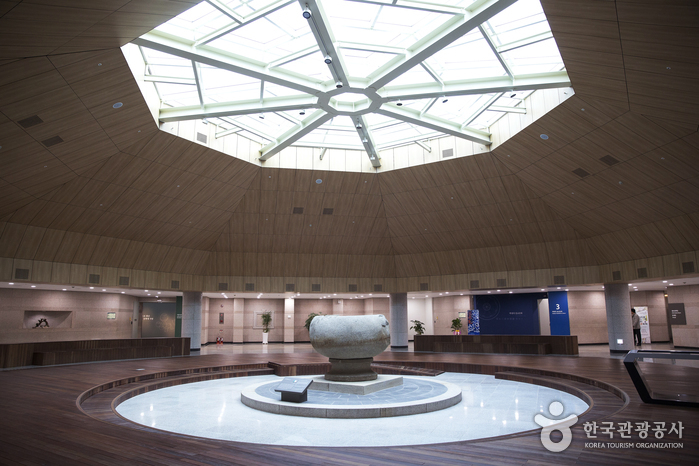
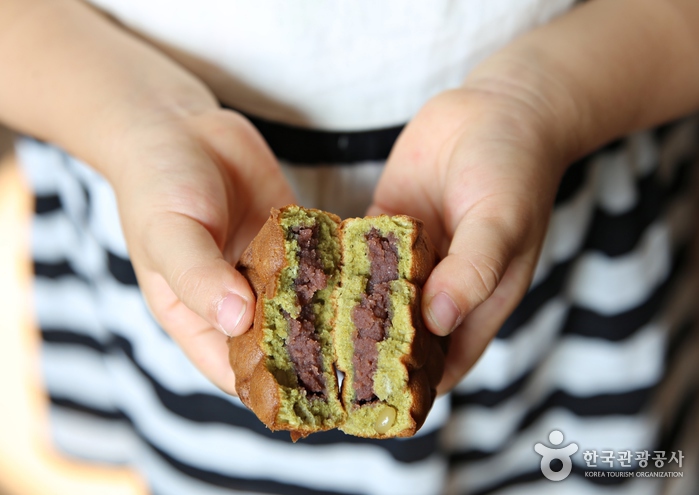
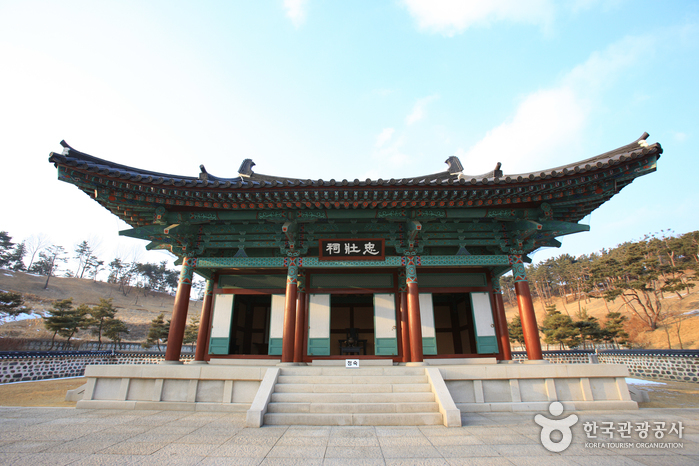
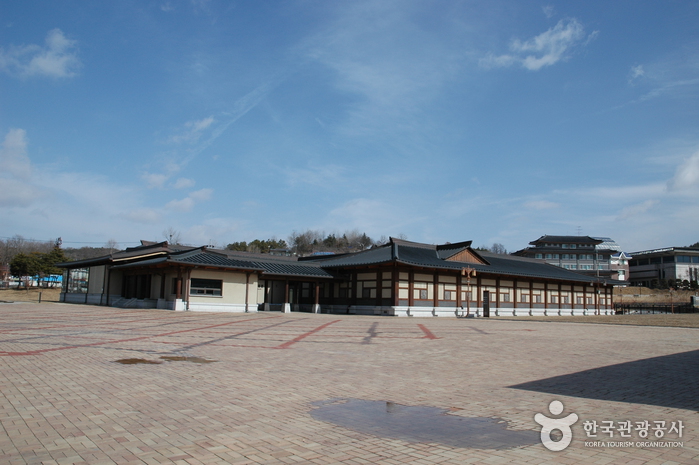
![Five-story Stone Pagoda at Jeongnimsa Temple Site [UNESCO World Heritage] (부여 정림사지 오층석탑 [유네스코 세계문화유산])](http://tong.visitkorea.or.kr/cms/resource/52/2671452_image2_1.jpg)
![Mireuksa Temple Site [UNESCO World Heritage] (익산 미륵사지 [유네스코 세계문화유산])](http://tong.visitkorea.or.kr/cms/resource/91/2514991_image2_1.jpg)

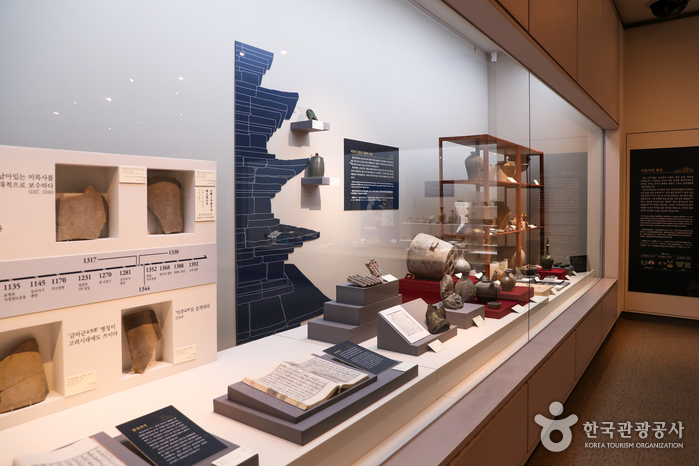
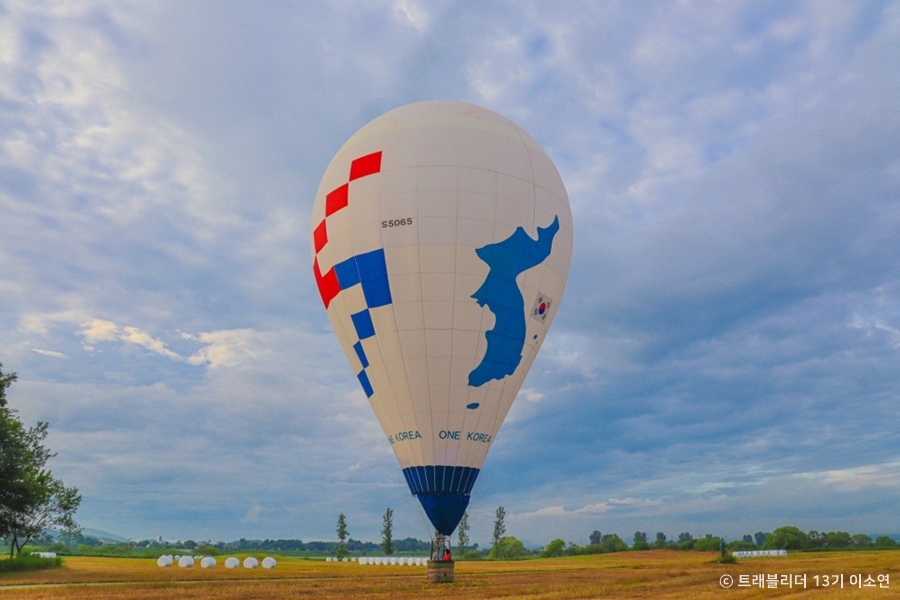
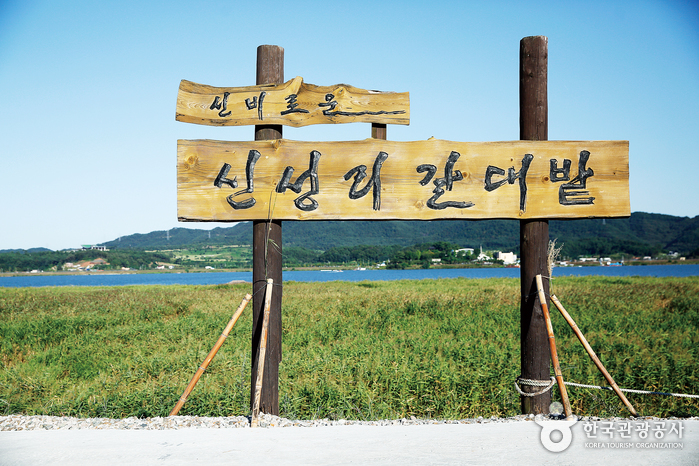
 English
English
 한국어
한국어 日本語
日本語 中文(简体)
中文(简体) Deutsch
Deutsch Français
Français Español
Español Русский
Русский